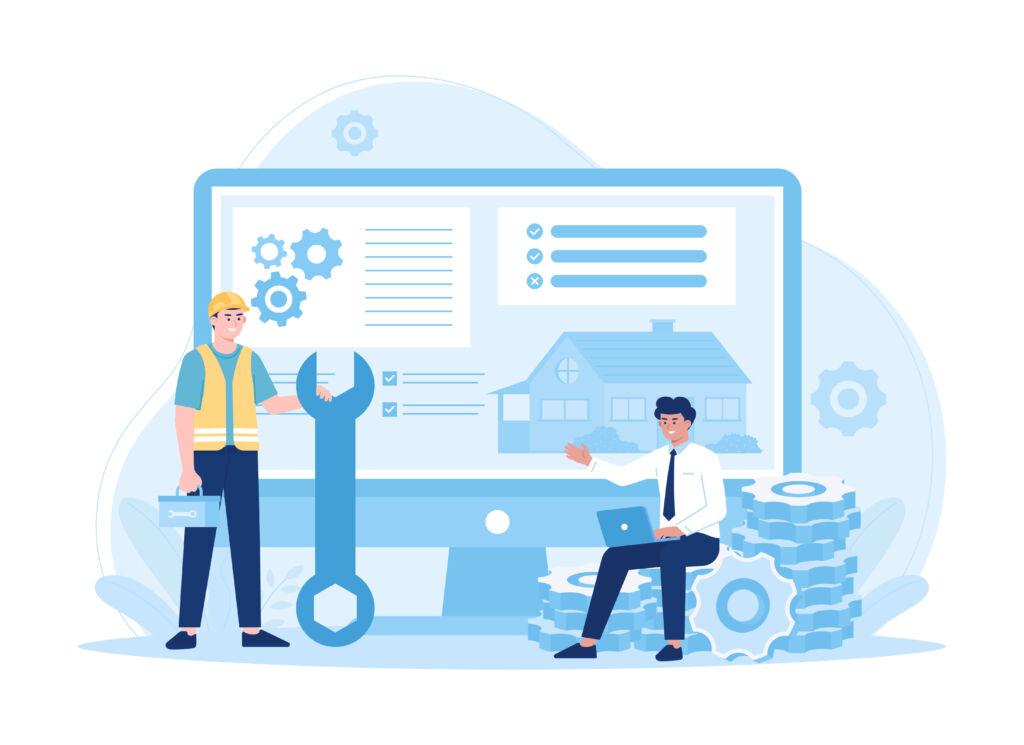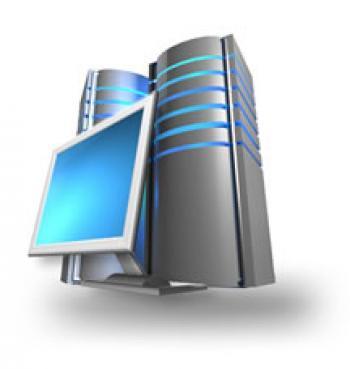The Digital Blueprint: An Introduction to CAFM Software

In the complex world of modern real estate and corporate operations, managing a physical building is a massive and multifaceted undertaking. This is where Computer Aided Facility Management (CAFM) software comes in, acting as a digital command center for all aspects of a building's lifecycle. CAFM is a category of software that helps organizations manage, maintain, and optimize their physical spaces, assets, and infrastructure. It provides a single, integrated platform for handling everything from space planning and asset tracking to maintenance scheduling and energy management, transforming facilities management from a reactive, paper-based process into a proactive, data-driven discipline. The immense value this brings in terms of efficiency and cost savings is driving explosive market growth, with the industry set to grow to a valuation of USD 94.78 billion by 2035, powered by a phenomenal CAGR of 30.71% during the 2025-2035 forecast period.
At its core, CAFM software is about creating a "digital twin" or a comprehensive digital model of a physical facility. This model is not just a simple floor plan; it is a rich database that contains detailed information about every aspect of the building. This includes spatial data about rooms, floors, and departments; asset data about every piece of equipment, from HVAC systems to furniture and IT hardware; and operational data related to maintenance schedules, energy consumption, and space utilization. By centralizing all of this information into a single, integrated system, CAFM provides facility managers with a holistic and real-time view of their entire portfolio, enabling more informed and strategic decision-making about how their buildings are operated and used.
The functionalities of a modern CAFM platform are broad and cover the entire spectrum of facility management tasks. Space management tools help organizations to optimize the use of their office space, manage moves and reconfigurations, and support new flexible work models like hot-desking. Asset and maintenance management modules are a cornerstone, allowing managers to track the location and maintenance history of every asset, automate preventative maintenance schedules to reduce equipment failure, and manage work orders for repairs. Real estate and lease management features help to manage a portfolio of properties, tracking critical lease dates and financial obligations. Many platforms also include modules for energy management, sustainability tracking, and even catering and visitor management, providing a comprehensive solution.
Ultimately, the primary benefit of implementing CAFM software is a significant improvement in operational efficiency and a reduction in the total cost of owning and operating a building. By automating manual processes, it reduces administrative overhead. By enabling proactive, preventative maintenance, it reduces costly equipment downtime and extends the lifespan of critical assets. By providing detailed insights into space utilization, it allows companies to optimize their real estate footprint, potentially reducing the need for expensive office space. In an era where buildings are becoming more complex and the workplace is becoming more dynamic, CAFM software provides the essential data-driven foundation for managing facilities intelligently, safely, and cost-effectively.
Explore Our Latest Trending Reports:
treasury risk management application market

